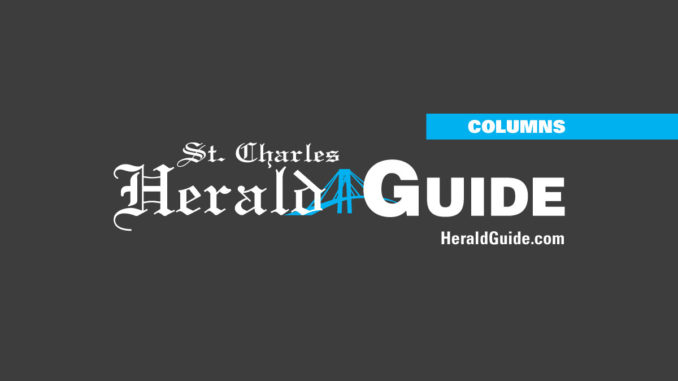
It is appropriate that the Democratic leadership of the U.S. House of Representatives unveiled their latest attempt at health care reform shortly before Halloween. It has the countenance of a rather sinister looking phantom as it slowly begins to emerge from the mists of back door Congressional deals between special interests, Speaker Pelosi, and the Obama White House.
Even before the fog totally lifts to expose the full form of the legislation, it is obvious that some features that really would work to reign in costs of a new health care system are totally missing. Most obvious—and unsurprising—is the lack of any tort reform measures that would reduce the expensive practice of defensive medicine currently being practiced by medical service providers to reduce their exposure to expensive lawsuits.
The nation’s trial lawyers didn’t even have to work up a sweat to prevent any medical malpractice reform language from entering the House bill. The majority party that relies heavily on contributions from well-heeled plaintiffs attorneys successfully carried out its role as lap dog of the plaintiff’s bar and kept any vestige of tort reform out of the legislation.
Allowing health insurance to be purchased across state lines also failed to be included in the House version of the health care reform legislation. The Pelosi team has continually harped on the need to make sure that there is enough competition in the health insurance marketplace to keep the insurance companies honest. Unfortunately, they don’t want that competition to be unleashed into the private sector. They prefer to create a public insurance option instead—one that will be directly or indirectly backed by the full faith and credit of the U.S. government and will have undeniable competitive advantages over the private sector.
What is very clear as the beast emerges from the mists is that Congress’s penchant for playing the taxpayers as fools is alive and well on the Potomac.
Pelosi and Company gleefully proclaimed that the cost for their legislation comes in slightly under $900 million and doesn’t add to the deficit. The validity of that claim was questioned immediately by those who pointed out that the House bill removes the $250 billion doctor and hospital “fix” that would prevent them from being exposed to the drastic Medicare cuts in reimbursement that the current law calls for.
In order to prevent an avalanche of opposition from those providers, the House leadership—in a testimony to cynicism—plans to introduce a separate bill to do the “fix.” The official scorer of the fiscal impact of legislation, the Congressional Budget Office, was not authorized to include the cost of the “fix” in the health care reform legislation since it is not in the health care reform bill. But it will happen and when it does it will result in a further expansion of the huge federal deficit.
Perhaps the most serious flaw – – and there are many – – in the House bill is the relatively small penalty individuals will have to pay if they do not purchase health insurance. If younger individuals only have to pay a relatively small penalty for not having health insurance, they will take the easy way out and simply pay the penalty. If they get seriously ill, they will then opt in. If the final legislation allows this option, higher premiums for the vast majority of the privately insured are inevitable.
The House bill is ill-conceived and scary. It is a witches’ brew of partisan politics and special interest favoritism. It needs to re-enter the mist and come back in a more fair and affordable form.




Be the first to comment